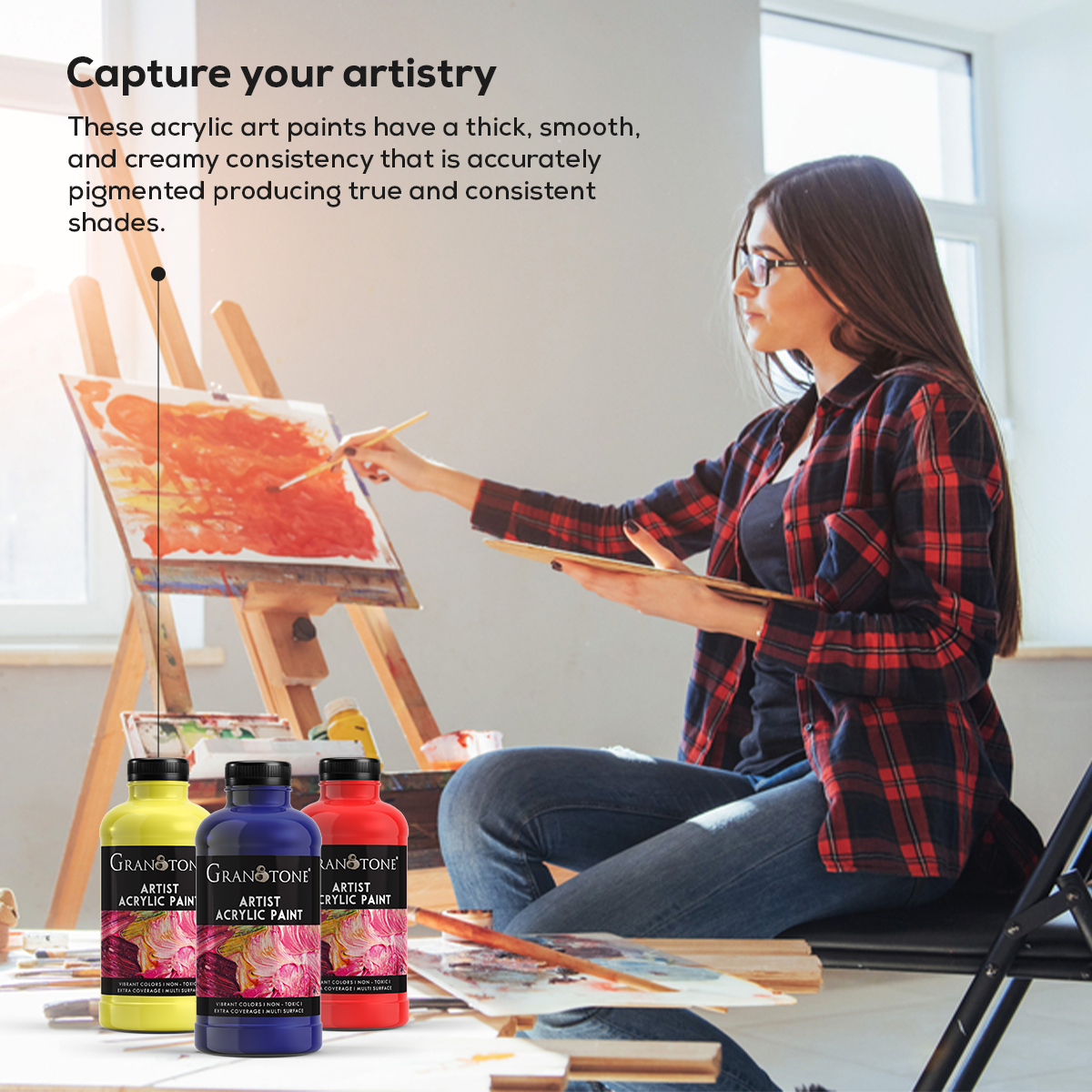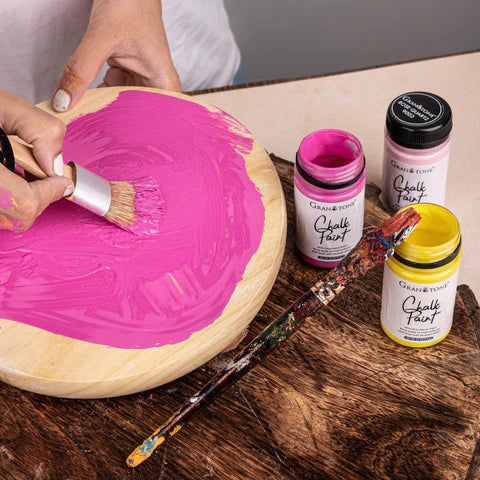
Exploring the Creative Possibilities of Granotone Artist Acrylic Colors
Granotone Artist Acrylic colors offer an exciting way to explore your creative side! These acrylics have been specifically designed to provide vivid, professional-looking results. They are formulated for superior opacity and color brilliance, making them perfect for a variety of painting projects. In this blog post, we'll take a look at the unique properties of Granotone paints and how they can be used to create beautiful works of art.
What Makes Granotone Artist Acrylics Special?
Granotone artist acrylics are made from high-quality pigments that result in vivid and intense colors. The paints are highly saturated, which means they provide excellent coverage while still allowing the natural textures of the surface to show through. Furthermore, they feature a low odor formula that is easy on the senses and safe to use both indoors and outdoors. Additionally, these paints are highly durable and resistant to water damage which makes them great for outdoor projects or display pieces that need extra protection.
Techniques For Working With Granotone Paints
Granotone artist acrylics are versatile enough to be used in a variety of different techniques, so you can really let your imagination run wild! Here are some popular techniques used when working with these acrylics:
- Layering – Creating layers of color can add depth and texture to your work. You can either use multiple thin layers or one thicker layer depending on what effect you're trying to achieve; either way it can be fun to experiment with layering different shades together!
- Blending – Blending colors together is an effective way to create soft transitions between tones or textures, as well as giving you more control over the final outcome. For best results try using blending mediums such as rubbing alcohol or liquid detergents mixed with water.
- Glazing – By adding thin glazes over top of existing layers you can modify their appearance without losing any underlying detail or shape. Glazing also helps give paintings a sense of luminosity while adding richness and atmosphere - something that's particularly important when creating landscape scenes or abstract pieces!
Tips For Preserving Your Artwork
In order for your artwork to last longer it's important take proper care when preserving it after completing your project(s). Here's some useful tips:
- Choose archival materials - Before framing your artwork, make sure that all materials (e.,g., canvas/matte boards) used comply with acid-free standards; this will prevent yellowing over time due exposure acidic compounds within certain surfaces like wood & paper based surfaces..
- Avoid direct sunlight - Sunlight exposure causes light fastness issues which leads pigments fading gradually over time; It’s recommended that artwork hung up should preferably placed away from any potential sources light in order ensure optimal preservation performance during its lifetime under normal room conditions..
- Store properly - If possible, store framed artwork where temperature levels remain stable (as sudden temperature shifts could cause embrittlement warping material frames leading irreversible structural damage). Moreover avoid storing near vinyl records since their plastics based liners contain propylene carbonate which has known drastically degrade canvases causing discoloration/yellowing spots when exposed long periods times..
With its vibrant colors and easy-to-use formula, Granotone artist acrylic paints offer both amateur painters and professional artists an exciting new range of possibilities! Whether you're looking for an easy way to spruce up existing projects or just want explore new techniques and styles, these paints provide everything need take your artistic visions reality--all while providing lasting results worth displaying proudly around house!.



